As photography enthusiasts or professionals, we understand how crucial it is to keep our gear organized, accessible, and well-protected. A well-structured digital camera case serves not only as a protective shield for your valuable equipment but also as a well-organized system that enables you to find what you need quickly. The right organization method streamlines your workflow and minimizes the time spent searching for equipment during those critical moments. This article will delve into the various strategies for efficiently organizing your camera gear within a digital camera case.
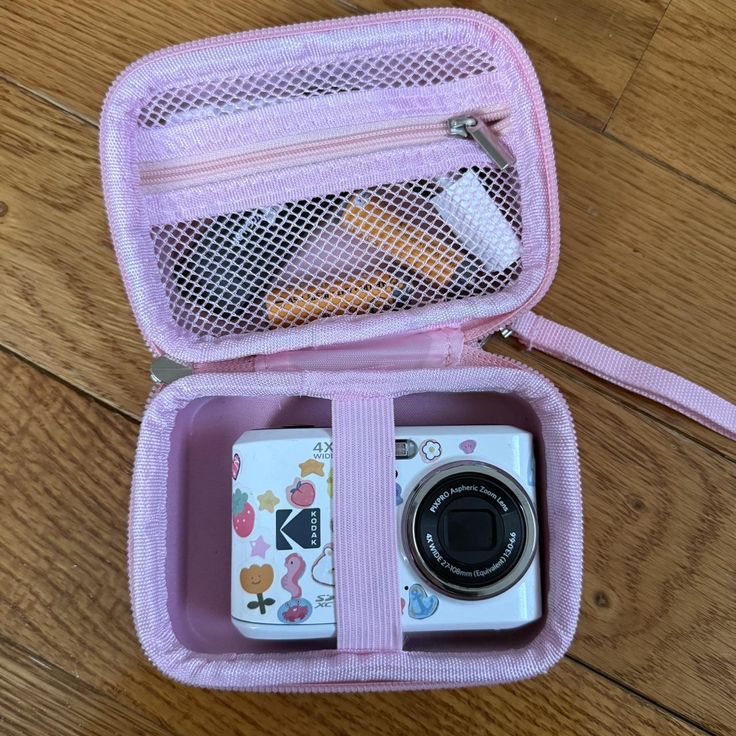
Understanding the Importance of Organization
Photographers often face a myriad of equipment—cameras, lenses, memory cards, batteries, and more. This complexity can lead to disorganization, resulting in frustrating scenarios where you can’t locate the necessary items. An organized digital camera case alleviates this stress, ensuring you have everything at your fingertips.
An efficient organization system provides peace of mind. Knowing your gear is safe, protected, and easy to reach allows you to focus on what truly matters: capturing stunning photos and videos. Moreover, regular handling and organized gear help you stay aware of your inventory. You can quickly identify when items need replacement or maintenance. This awareness promotes prolonged equipment life and ensures you get the best results out of your photography tools.
Different genres of photography also require varied types of organization strategies. Wedding photographers, wildlife photographers, or landscape photographers often face different demands. Understanding your specific needs helps create a tailored organization system that meets the unique requirements of your photography style.
Choosing the Right Digital Camera Case
The first step towards efficient organization lies in selecting the right digital camera case. The choice of case influences how well you can manage your equipment. Assess your specific needs before making a selection.
Size and Capacity: Consider how much gear you intend to store. For those who travel light, a compact case may suffice. However, if you carry multiple lenses or additional accessories, opt for a larger case equipped with customizable compartments. Many cases now offer padded dividers, allowing you to adjust the layout according to your needs.
Material and Protection: Look for durable materials such as reinforced polyester, nylon, or leather that provide adequate protection against impacts and environmental factors. Consider waterproof features if you frequently shoot outdoors or in unpredictable weather conditions. A high-quality exterior protects your gear from drops or spills, ensuring the longevity of your equipment.
Accessibility: Choose a case that allows easy access to your gear. Cases with top-access openings allow quick retrieval, whereas side pockets may be suitable for frequently used items like memory cards or cleaning kits. The layout and design of the case should prioritize convenience, allowing you to spend more time shooting and less time fussing with your gear.
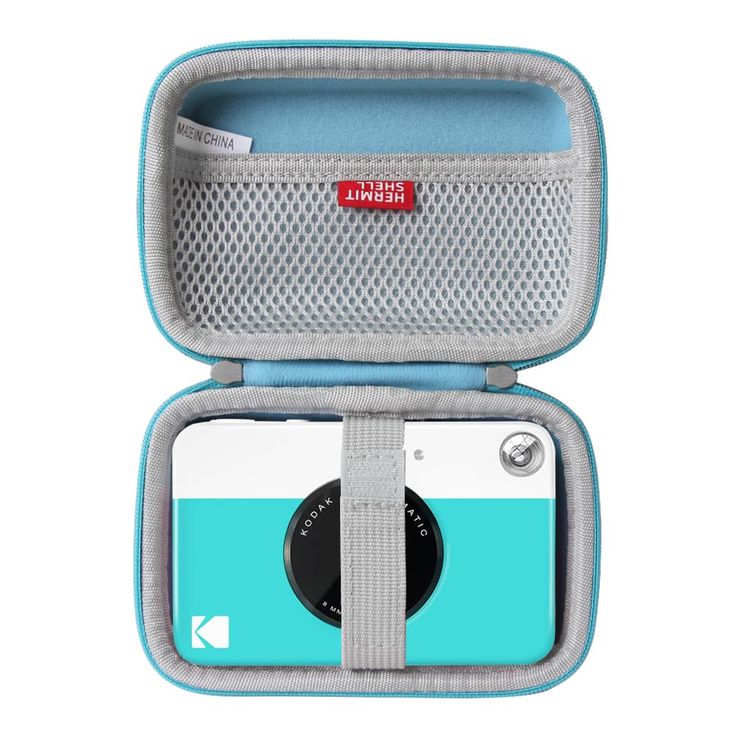
Properly Storing Your Camera Body
The placement of your camera body is critical when organizing your digital camera case. Keep your camera secured to prevent damage during transit. Most camera cases feature designated sections or padded compartments specifically designed for camera bodies.
Positioning: Store the camera body upright, ensuring that the lens faces upwards or horizontally. Avoid placing it flat on its side. This positioning prevents pressure on sensitive areas, such as the lens or shutter button, safeguarding against accidental activation.
Division: Use padded dividers or custom inserts to create a secure space for the camera body. Consider using dividers that allow airflow between compartments to reduce moisture build-up, especially in humid environments.
Protection: Always attach a lens cap and consider adding a camera sleeve for additional protection. Ensure the case is closed securely to avoid any jarring or movement while traveling.
Organizing Lenses and Accessories
Lenses are valuable components of your photography kit, necessitating careful storage and organization. Most digital camera cases provide separate compartments for lenses, often padded for protection.
Labeling Situations: Clearly label compartments that house different lenses. Whether it’s by size, focal length, or type (wide-angle, telephoto, etc.), labeling ensures quick identification and minimizes time spent searching for specific lenses.
Individual Storage: Store each lens in a dedicated compartment to prevent contact with other equipment. Use lens pouches or soft fabric wraps to provide extra cushioning. Invest in quality lens cases or separators to maintain cleanliness and protect against dust or scratches.
Essential Accessories: Include essential accessories such as lens filters, hoods, and cleaning kits alongside the lenses. Use small, clear bags to keep these accessories organized and easily identifiable. Consider utilizing zippered pockets or compartments to segregate these items from the lenses themselves.
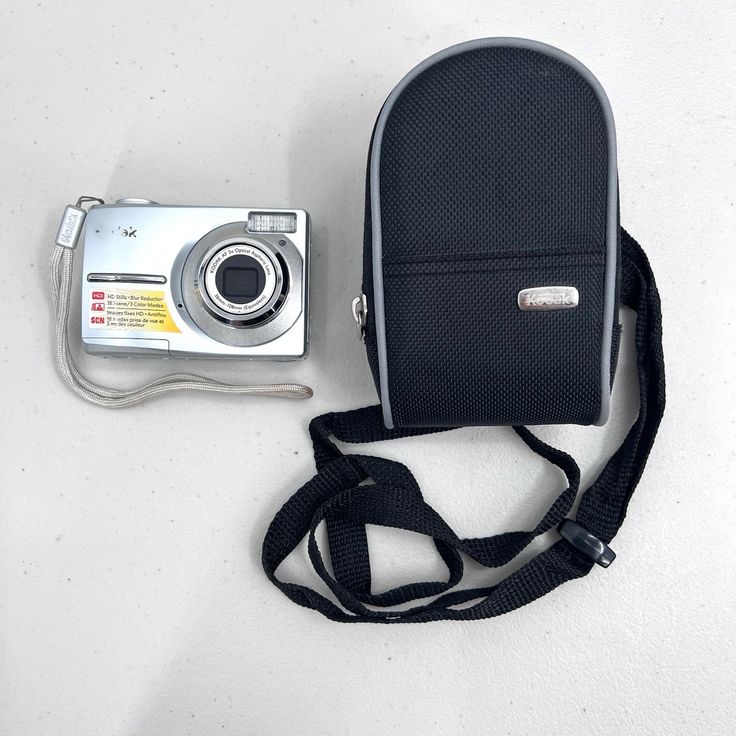
Efficiently Storing Memory Cards and Batteries
Memory cards and batteries play crucial roles in ensuring smooth shooting experiences. A disorganized approach to these small items can lead to significant disruptions during sessions.
Dedicated Storage: Allocate a specific compartment or pouch for memory cards to prevent them from getting lost or damaged. Consider investing in specialized memory card holders that divide slots for specific card types (SD, CF, etc.). This organizational approach increases efficiency during shoots, allowing you to focus on capturing images rather than fumbling through gear.
Battery Management: Keep batteries in an accessible yet secure section of your case. Use battery pouches or holders to avoid accidental discharges. Mark your batteries with labels indicating their charge status (e.g., “charged” or “needs charging”). This method helps ensure you always have a fully charged battery ready for use.
Avoid Overloading: Be mindful not to overload your camera case with too many accessories. Prioritize the essentials to maintain an organized setup. Regularly review and replenish your stock of memory cards and batteries, discarding any that are outdated.
Utilizing Side Pockets and Extra Spaces
Most digital camera cases feature additional pockets and compartments designed for supplementary gear. Utilize these extra spaces to create an organized environment within your case.
Organizing Small Items: Side pockets can serve as storage for miscellaneous items such as cleaning cloths, manuals, or tripod adapters. Dividing these smaller items into labeled bags can further enhance organization while minimizing clutter.
Tripods and Accessories: Many cases allow for securing tripods or monopods externally. Invest in a case that features tripod straps or mounting options to securely transport these items while keeping the primary compartments uncluttered.
Quick-Access Compartments: Use quick-access pockets for items you frequently need while shooting, such as lens wipes, extra filters, or small flash units. Ensure these pockets are spacious enough to contain the items securely while allowing for immediate access.
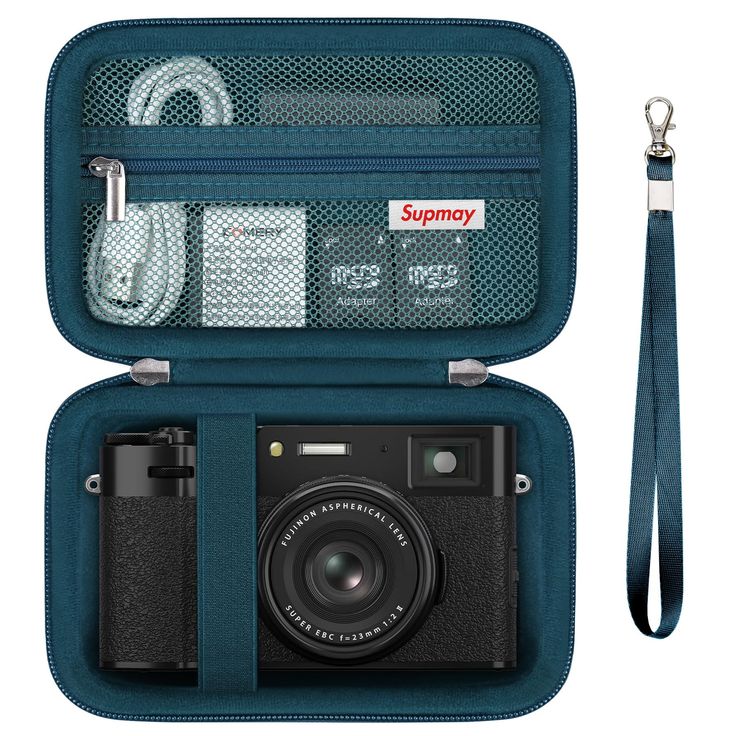
Regular Maintenance of Your Digital Camera Case
Your organization efforts yield the best results when you maintain your digital camera case regularly. Ensure that both the case and its contents are kept in optimal condition.
Cleaning: Regularly clean the interior of the case, removing any dust, debris, or moisture. Use soft, lint-free cloths to wipe surfaces and avoid using harsh chemicals. Inspect each compartment to remove any particles that could potentially harm your equipment.
Check for Damage: Frequently inspect the exterior for wear and tear. Look for zippers, stitching, or materials showing signs of deterioration. Address any damage promptly to ensure continued protection for your gear.
Reassess Organization: Periodically reassess the organization of your case. As you acquire new equipment or gear, make adjustments to the layout as necessary. Staying on top of this task ensures your digital camera case continues to meet your evolving needs.
Travel Considerations for Your Digital Camera Case
When traveling, organizing your digital camera case becomes even more essential. Considerations regarding travel logistics, security, and ease of access all play crucial roles.
Airport Regulations: Familiarize yourself with airport regulations regarding the transport of camera gear. Place essential items like your camera body and lenses in a convenient location for easy removal during security checks.
Use a Backpack-Style Case: Opt for a camera case designed as a backpack for better mobility and convenience. A backpack-style case allows you to distribute weight evenly, leaving your hands free for other tasks.
Prepare for Different Environments: Ensure your case is designed to endure different environments, be it rain, dust, or extreme temperatures. Waterproof or weather-resistant materials help protect your equipment from harsh travel conditions.
Accessibility: During your travels, prioritize accessibility to frequently used items like memory cards, batteries, or filters. Organizing these essential components in easily reachable pockets helps make your photography sessions efficient and enjoyable.
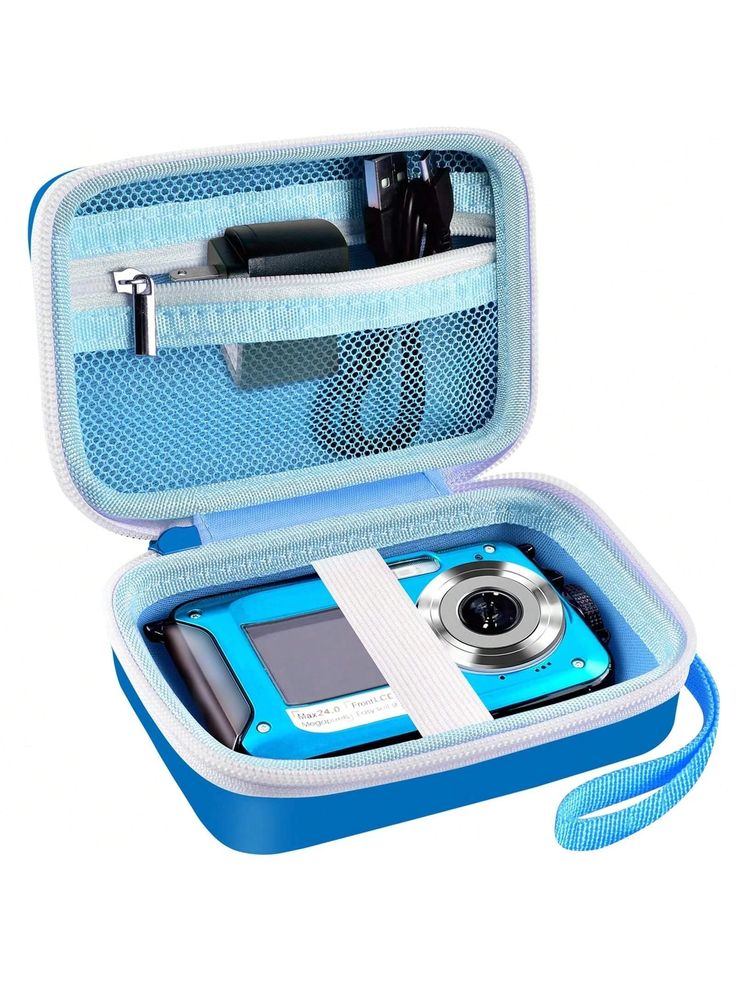
Conclusion: Mastering Gear Organization
Mastering the art of organizing your digital camera case improves your photography experience significantly. A well-organized setup enhances efficiency, reduces stress, and allows you to focus on capturing breathtaking moments. By selecting the right camera case, properly storing your camera body, lenses, batteries, and accessories, and regularly maintaining your gear, you can optimize your organization process.
The methods discussed in this article provide a foundation for a systematic approach to organizing and efficiently utilizing your digital camera case. As you continue to explore your passion for photography, utilize these strategies to create a tailored setup that caters to your unique needs. Ultimately, a well-organized camera case not only protects your valuable gear but also empowers you to document your adventures seamlessly and beautifully.